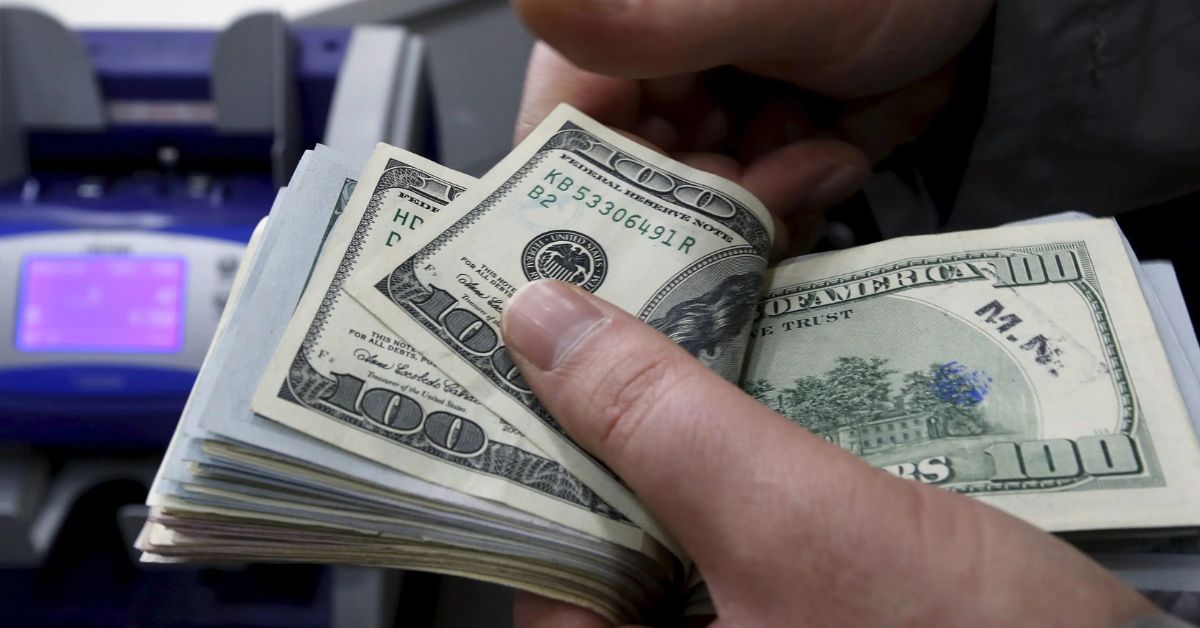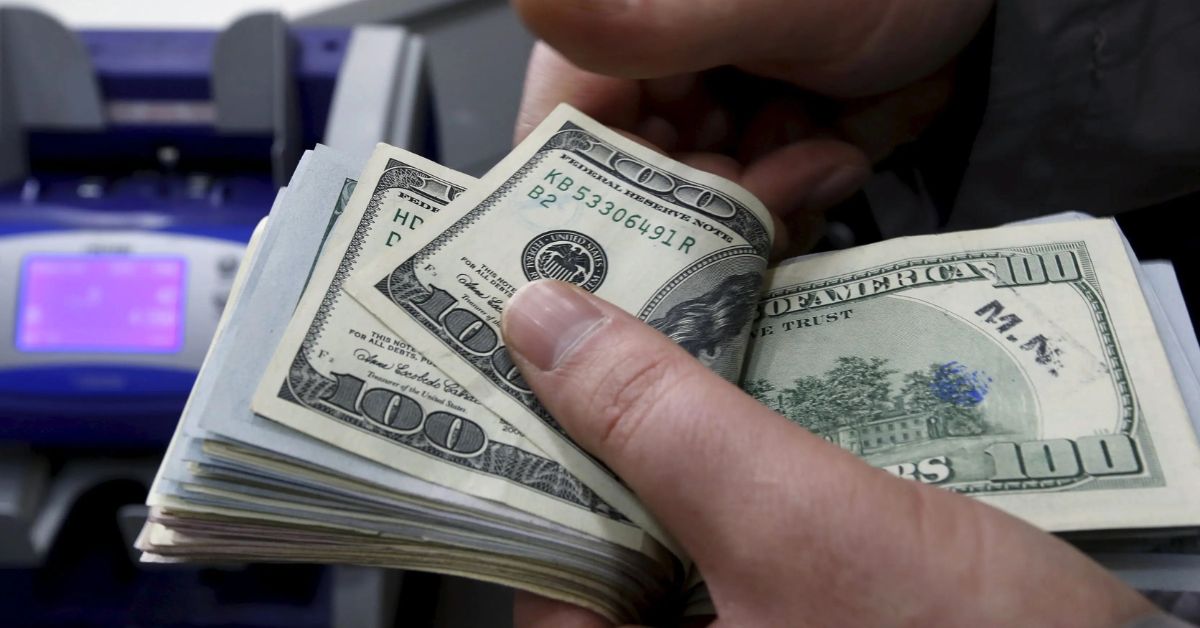After suffering losses versus the pound sterling and the euro the previous day, the value of the United States dollar rebounded strongly on Tuesday, putting it back on course for its first monthly gain since September.
The recent optimistic economic data in the United States has led to an increase in the likelihood that the Federal Reserve of the United States will have to raise interest rates by a greater amount than was originally anticipated. This has contributed to the strengthening of the dollar in recent weeks.
The dollar index, which compares the value of one currency to that of a group of other currencies, remained unchanged at 104.64, but it was still on track for a rise of 2.6% in the month of February. This would be the index’s first monthly increase since September.
“The dollar has made its rebound – fully justified – on the strength of the January numbers that came through in February and the repricing for the Fed,” said Ray Attrill, head of FX strategy at National Australia Bank, in reference to the strong run of economic data in the United States. “The dollar has made its rebound on the strength of the January numbers that came through in February and the repricing for the Fed,” said Ray Attrill.
When the month started, investors predicted that the Fed funds rate would peak somewhere around 4.70, but now they think that it would top slightly above 5.4% by the end of September.
Atrill said-
“I think we’re sort of lurching from one major data print to another… The next move in the dollar is really a function of how the February data starts to play out in March”

Yields on U.S. Treasury bonds have also increased, with the inflation-sensitive two-year yield currently sitting at levels not seen in over three and a half months. [US/}
Want More Latest Here You Can Read:
- Analysts Say It’s Time To Buy These Energy Stocks That Could Go Up By More Than 40%
- JP Morgan Says That If The Chart Test Fails, Quants Should Sell $50 Billion Worth Of Stocks
On Tuesday, the value of the dollar rose significantly against the Japanese yen, gaining 0.44% to reach 136.84, which was its highest level in almost two months.
As a result of Japan’s strategy of maintaining low yields, the yen is sensitive to yield movements in other countries. However, the new Governor of the Bank of Japan (BOJ), Kazuo Ueda, stated this week that it was too early to comment on how the central bank may adjust policy in the future.
Shinichi Uchida, who will take over as incoming Deputy Governor of the Bank of Japan on Tuesday, has dismissed the possibility of a quick adjustment of the central bank’s ultra-loose monetary policy.
Said John Hardy, head of FX strategy at Saxo-
“The initial signs from Ueda are that he’s in no rush (to change policy), and as long as he’s not in a rush if yields go higher then that continues to pressure the yen”
The value of the yen has dropped to its lowest level versus the euro and the pound in the last two months. In other news, the value of the pound increased versus the dollar by 0.2%, reaching $1.2082, building on its gains from the previous trading session.
On Monday, it increased by 1% after the United Kingdom and the European Union announced a new agreement for post-Brexit commercial arrangements for Northern Ireland. This agreement is known as the Windsor Framework.
The British Prime Minister, Rishi Sunak, stated that this would open the door to a new chapter in London’s relationship with the bloc, which contributed to an improvement in the outlook for the UK economy in the wake of the Brexit vote.
The value of the euro remained unchanged at $1.0611 despite the fact that it had increased by 0.6% due to the news in the previous trading session. The euro recovered some of its early losses after data showing higher-than-expected inflation in France, which caused short-term rates in the euro zone to reach their highest level in at least ten years. [GVD/EUR]

Leave a Reply